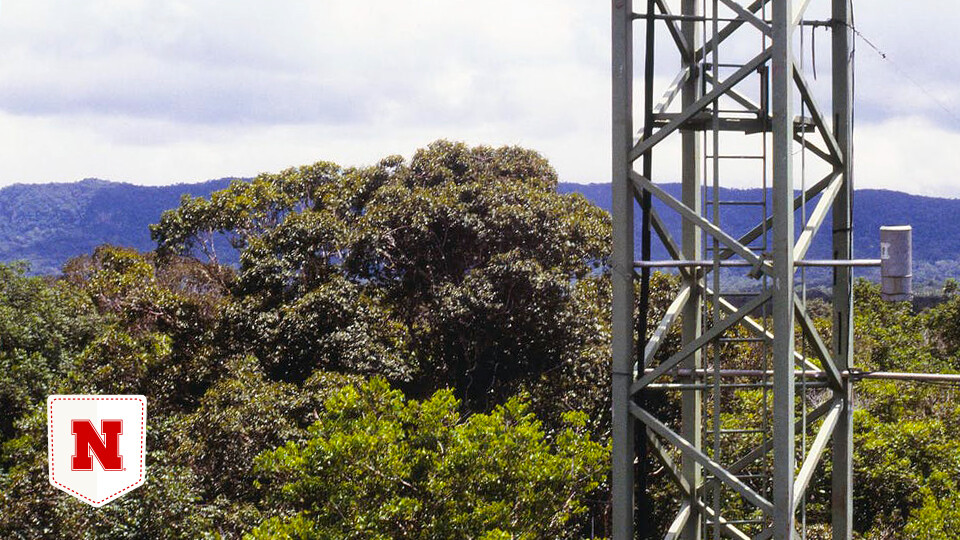
Welcome to Pocket Science: a glimpse at recent research from Husker scientists and engineers. For those who want to quickly learn the “What,” “So what” and “Now what” of Husker research.

What?
Tropical rainforests are ecological databases of Earth’s biological diversity, housing roughly two-thirds of its land-based organisms.
That biodiversity stretches up to the rainforest canopy, where a variety of beetle species dwell. But the scope of that beetle diversity, and the reason so many favor the treetops, has remained a mystery.
So what?
The Florida State Collection of Arthropods’ Susan Kirmse and Nebraska’s Caroline Chaboo recently analyzed a one-year survey of 859 beetle species from the Amazon rainforest canopy, adding to a trove of insights already yielded by the survey. The duo discovered that 75% of the beetle species resided at least occasionally on flowering trees. Of those, nearly 60% were found exclusively on trees producing small white blooms.

On average, 26 unique beetle species resided on each species of flowering tree. Multiplying that number by the estimated 16,000 Amazonian tree species, the researchers suggest that flower-seeking beetle species in the Amazon alone may vastly outnumber the global species of bees and butterflies.
The findings indicate that beetles are underrated, overlooked pollinators in rainforest ecosystems.
Now what?
What exactly attracts the beetles to flowering trees — food, mating opportunities — is still unclear. Regardless, preserving an array of flowering trees could help combat declines in insect diversity.







